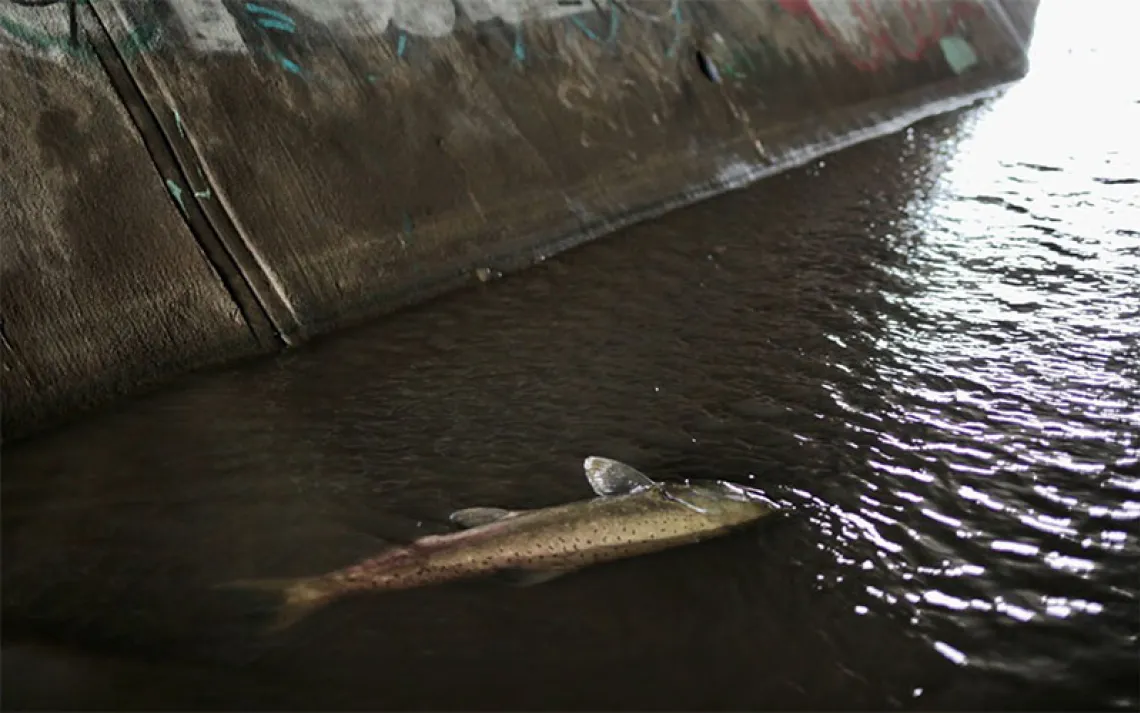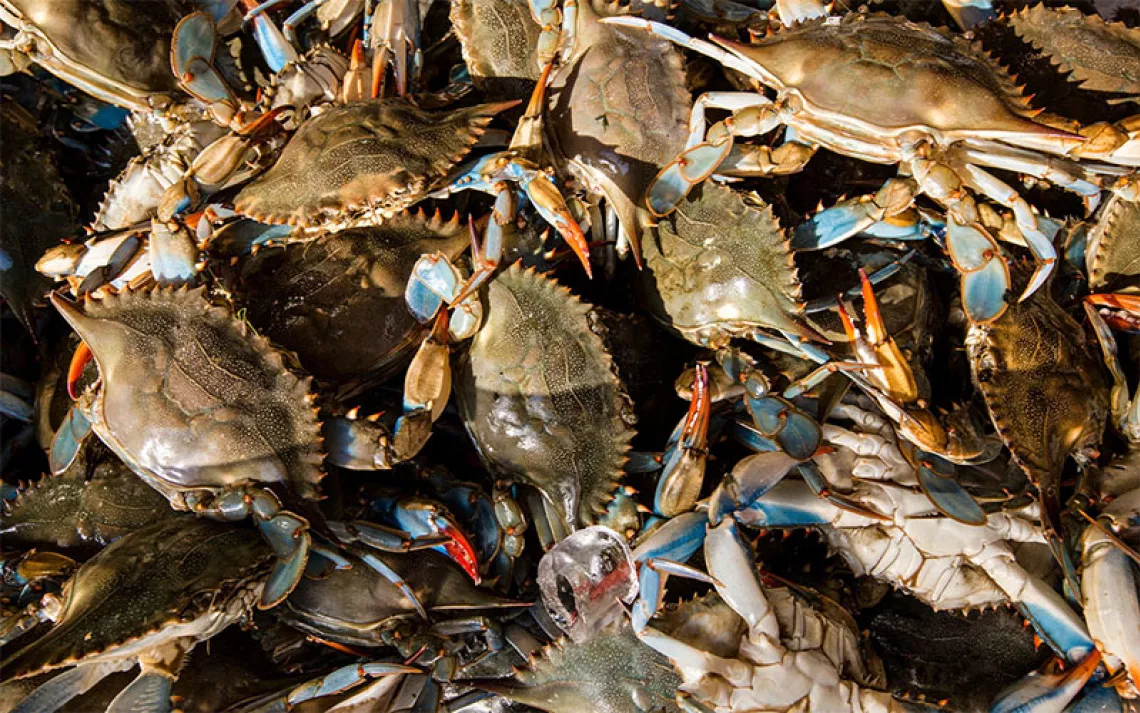This Summer’s 5 Best Wildlife Webcams
Our top recommended portals into the animal kingdom

Photo by IBorisoff/iStock
The wild world, teeming with life, growth, color, and movement, holds perhaps the closest earthly approximation to magic. The wonder is closer than you might think—practically at your fingertips! This summer, we’re offering an updated roundup of our favorite wildlife webcams, presenting some favorites alongside new finds. Ward off the heat, sit back, and watch—from a front-row seat within the comfort of your own natural habitat—nature’s latest live performance.
Cayman Reef Cam
This underwater webcam, stationed on the fringe reef around Grand Cayman, the largest of the Cayman Islands, offers a great way to satisfy your sea fix this summer—especially for those of you without an ocean close by. The live cam provides an up-close view of coral, which shrimp and several types of fish use as a cleaning station. Housing hundreds of fish and 35 different types of coral, the waters surrounding the Grand Cayman contain a world within a world that you now have access to—no aquarium ticket or snorkel necessary!
Honey Bee Hive Cam
It’s not often that we get to appreciate up close the efforts of our planet’s hardworking pollinators. From Bavaria, Germany, this live hive cam—a favorite among Sierra readers—provides infrared footage of a bee colony that exists within a hollow log. You can watch as worker bees maintain their colony, protect their queen, store nectar, and produce honey. The tireless and lively activity of honeybees yields naturally sweet goodness but also sustains our ecosystems via the necessary pollination of many crops. This webcam provides insight into buzzing buddies’ hard work.
Lioness Cam
A true heart-warmer, this live cam stars one beautiful creature: Nikita the Lioness. Found in dire circumstances in Tennessee (an illegally imported exotic pet, she was found chained to the wall during a drug bust), transferred to the Nashville Zoo at Grassmere, and in 2001 rescued by Big Cat Rescue in Tampa, Florida, Nikita now spends her days roaming, eating, and lounging in safety and sunny comfort. Weighing in at almost 500 pounds, Nikita is larger than most male lions, which on average weigh 416 pounds. Witness her majesty in real time.
Osprey Cam
This wildlife cam, set up in the Chesapeake Conservancy on Kent Island in Maryland, spotlights a local osprey couple, Audrey and Tom. Also known as “fish eagles” and “sea hawks,” ospreys are medium raptors, or birds of prey, and subsist on a diet consisting primarily of fish. Their fish-intensive diets, coupled with their tendency to nest in close proximity to water, make ospreys useful barometers for assessing the environmental quality and safety of certain aquatic ecosystems. Tom and Audrey, like all fellow ospreys, have mated for life. After a winter away, they’ve returned to their home-base nest on the Chesapeake Bay to raise their young.
Shark CamLocated at the mangrove lagoon exhibit at San Francisco’s California Academy of Sciences, the shark cam, a perennial favorite, affords a glimpse into the lives of blacktip reef sharks and cow-nosed rays as they swim about in search of something to munch. Named for the black tips on each of their fins, blacktip reef sharks are commonly found in the tropical coral reefs of the Pacific and Indian Oceans. These timid sharks, preying mostly on small bony fish and crustaceans, rarely pose a threat to humans. In the same family as manta rays, cow-nosed rays are often found in the western Atlantic and the Caribbean, and typically feed on invertebrates like clams and oysters. You can tune in at 1:30 P.M. Pacific time, on Tuesdays and Thursdays, to witness their feeding.
 The Magazine of The Sierra Club
The Magazine of The Sierra Club



